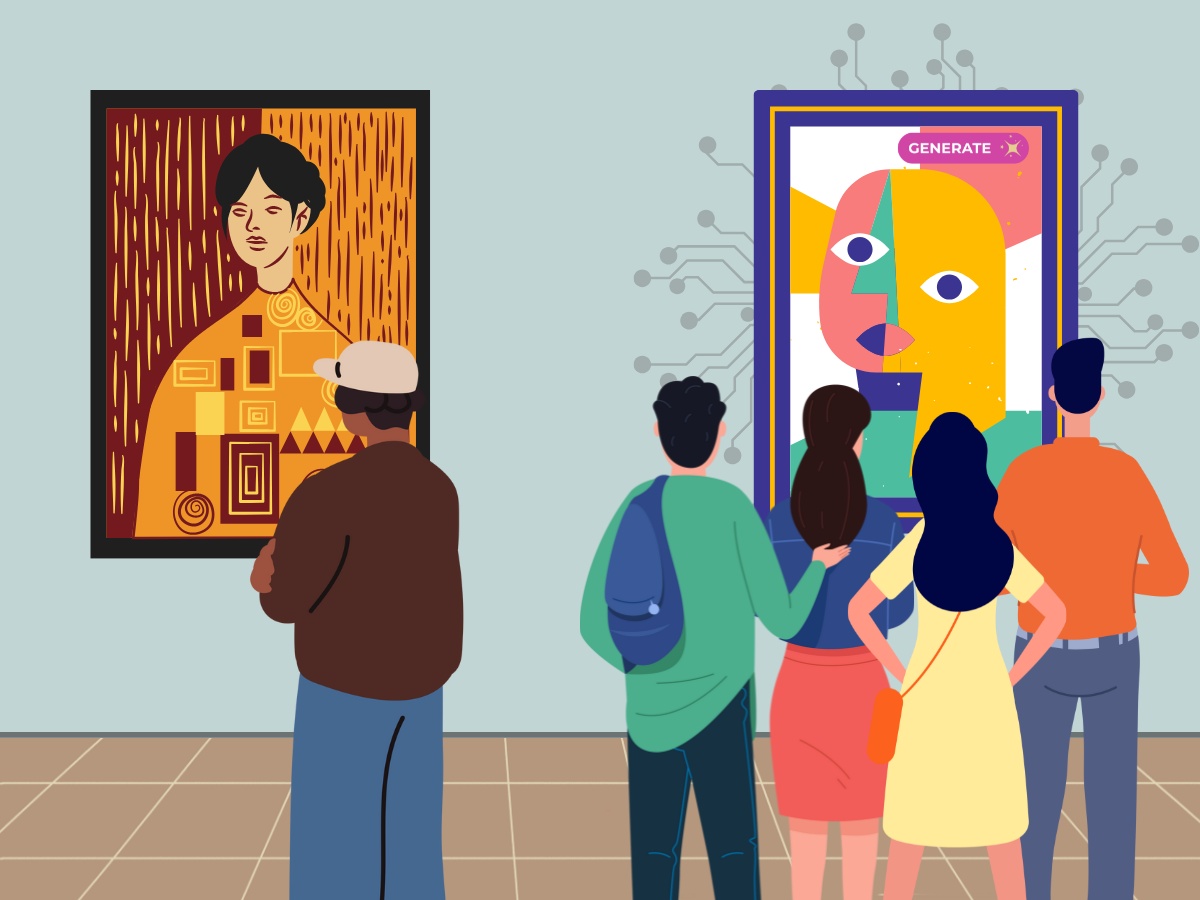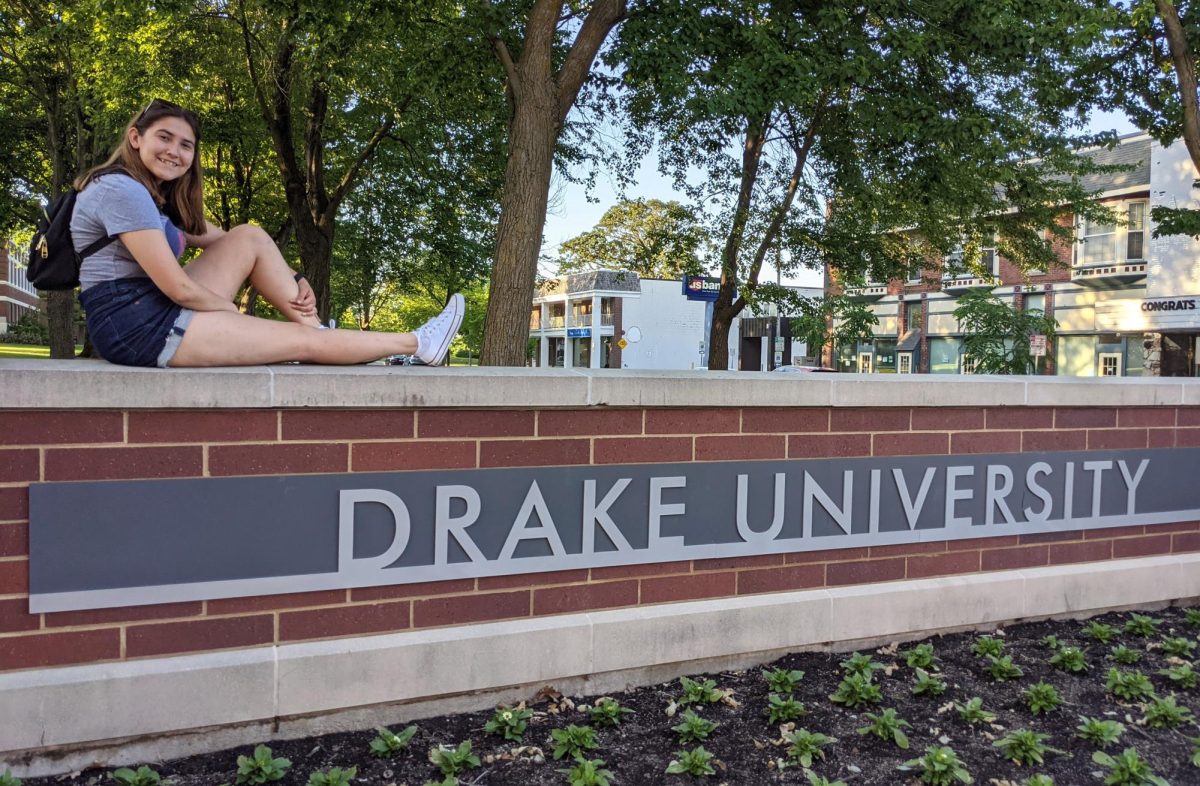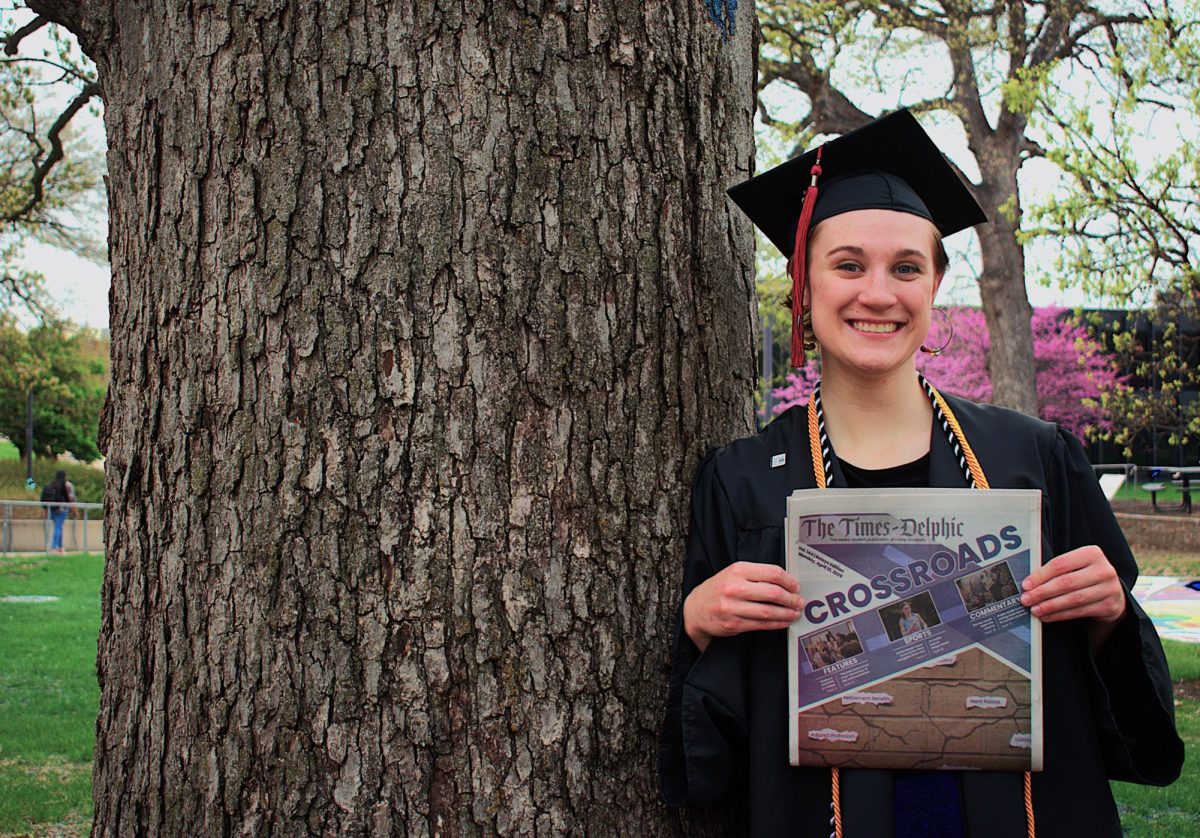Imagine an action movie. Imagine a tragedy. Imagine a buddy comedy. Now imagine all three of those movies combined, along with a dance-off, casual horse-motorcycle races and a fight involving fireworks and a broken water fountain, and you still won’t be imagining anything close to the majesty that is “RRR.”
“RRR” is set in the 1920s British Raj and opens with the governor of the area and his exceptionally sadistic wife kidnapping a little girl, Malli, from the Gond tribe. The tribe’s protector, Komaram Bheem, sets out to bring her home. Meanwhile, an officer in the British army, Alluri Sitarama Raju, attempts to arrest the protector without knowing his identity. The movie focuses on their relationship against the horrors of British rule.
“RRR” marks director S.S. Rajamouli’s return to the big screen after five years and is a celebration of his unique style of narration – stunning visuals, crazy action, innovative CGI, and a story bursting with emotions. His style is often described with the word “frenzy” and it doesn’t take very long to figure out why.
“RRR” is loosely (emphasis on loosely) based on real revolutionaries Alluri Sitarama Raju and Komaram Bheem. In real life, the two never met but impacted each other, as both fought British imperialist rule in the same decade.
Rajamouli, who’d read about both freedom fighters, decided to make a film charting their story together, had they actually met, after watching the 2004 film “The Motorcycle Diaries” which featured the transformation of a character, Che into a revolutionary. He retains most of his crew from his filmography – M.M Keervani as music director, Senthil Kumar as cinematographer, Sreekar Prasad as the editor, Sabu Cyril as the production designer, Srinivas Mohan as the VFX supervisor and his wife, Rama Rajamouli, as the costume designer.
Raju is most famous for rallying thousands of Adivasi men against the British in the Rampa Rebellion. Before he turned to armed revolution, he attempted to seek justice through courts but saw firsthand that this did not stop the cruelties of British rule. After the rebellion didn’t end the cruelties, he surrendered to the British, under the belief that he would be granted a trial, but instead, he was tied to a tree and shot.
Bheem was a revolutionary from the Gond tribe and witnessed the British commit atrocities against his tribe, including the murder of his father. After killing a tax collector, he lived as a fugitive until he heard about Raju’s revolution, which later inspired him to organize Adivasi youth and commoners into a guerilla army that demanded an Adviasi autonomous state. The revolution ultimately failed, and Bheem was shot and burned.
Both figures became legends post-mortem and have statues erected in their image.
It is important to recognize that this movie is not a documentary and ignores many aspects of the figures’ persons and struggle, notably not mentioning an Adviasi autonomous state. These are fictionalized versions of the real people, not depictions. The movie takes on a victorious tone towards the end, while both of their stories ended tragically.
And just to be clear, there is no historical documentation of Bheem outrunning and roaring at a tiger.
Despite being over three hours, because of the action-packed, fast-paced plot, the movie never lags and we never felt bored. All the story threads came together really well. The plot twists and surprises made it so we never knew where the story was going.
When we weren’t gaping at the beautiful visuals on-screen, the beautiful dialogue by Sai Madhav Burra amazed us. Even translated, the dialogue is packed with emotional punches, all while feeling poetic. It also feels natural and sincere, rather than constantly lampshading situations like many movies today (cough, Marvel cough). It also foreshadows incredibly well without giving the plot away, making the movie perfect for a rewatch.
The character writing in the film is superb, notably Ram, who grows in leaps in bounds over the film as his perspective on fighting imperialism changes. The character growth is realistic, especially once his backstory is revealed midway through the film.
There is one character-writing issue. Jenny, a British woman who falls in love with Bheem and eventually helps him break Ram out of jail, is entirely fictional and feels like a placeholder. She’s not so much of a character as she is a convenient plot device. She’s present in the first half but not in the second half and has little character throughout the movie beyond doing what serves the plot. Her lack of character is heightened by the fact that when you think critically about her actions, she is complicit in Malli’s kidnapping and does nothing to stop Bheem’s torture despite having the privilege to speak out against either as a high-ranking white woman.
It almost feels like there are missing scenes with her, and at the end when she is part of the group that reunites, she sticks out like a sore thumb.
At this year’s Oscars, RRR took home “best original song” for the song “Naatu Naatu”, but any of the musical pieces from the movie could easily have won. “Komuram Bheemudo” stands out for its haunting melody and conveyance of emotion, while “Dosti” is catchy and uses the bass voices extremely well.
“Naatu Naatu” does shine in the soundtrack, celebrating the characters’ origins with an Indian dance (to refute a white man’s claim that they can’t dance) and having some absolutely incredibly complex choreography by Prem Rakshith. Notably, the film’s actors did not dance at the performance at the Oscars, and the lead dancers were not Indian.
The film marks the first on-screen collaboration of NTR Jr. and Ram Charan, two massive superstars of the Telugu film industry. It is also the Telugu debut of the Hindi film industry legend Ajay Devgn and Alia Bhatt. The cast is absolutely brilliant – performing complex fight and dance choreographies with ease and delivering heart-wrenching performances that could compel anyone to shed a tear.
The film is meant to be experienced in the theaters – the spectacular visuals and CGI deserve the big screen. The director of photography, K.K Senthil Kumar, had an incredibly tough job with a movie that was filled with insane fight choreographies and dance sequences, especially considering that some of them are set in the dark. He and his team deliver one of the most beautiful movies of the year – every shot is striking and symbolic. The screenplay is filled with references to fire and water, with Raju’s fight for freedom represented with fire and Bheem’s tranquility and inner peace as a son of the forest represented with water. Kumar captures each of these moments with incredible visuals and lighting, the collision of fire and water creating awe-inspiring visuals.
The screenplay, direction and narration complement each other gracefully, setting the tone for this emotionally-charged movie and carrying it to completion with little to no faults. The editing is crisp and brilliant; it never makes you feel the three-hour run time and complements the brilliant stunt choreography by King Solomon. The CGI and VFX teams find innovative solutions for shots that we’ve probably never witnessed on film which include Bheem throwing a leopard at someone in the middle of a fight scene and swinging a motorcycle at a British soldier.
“RRR” goes beyond formulaic action entertainers or the creation of a visual spectacle; it is an emotional experience that goes from one high to the next, never resting in mediocrity or complacency. It’s like nothing you’ve ever seen before and earns every minute of its runtime. Do yourself a favor, and watch it as soon as possible.








